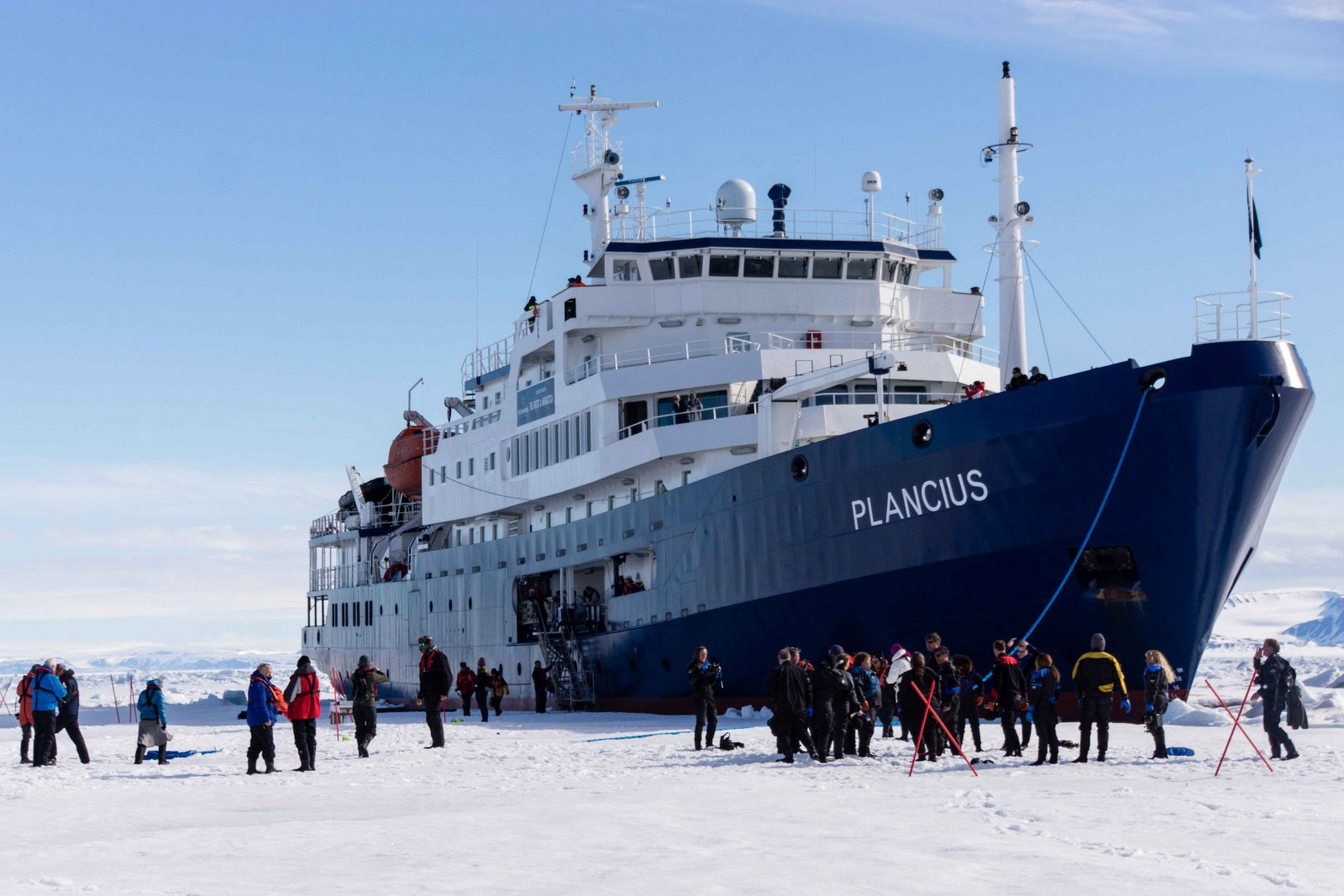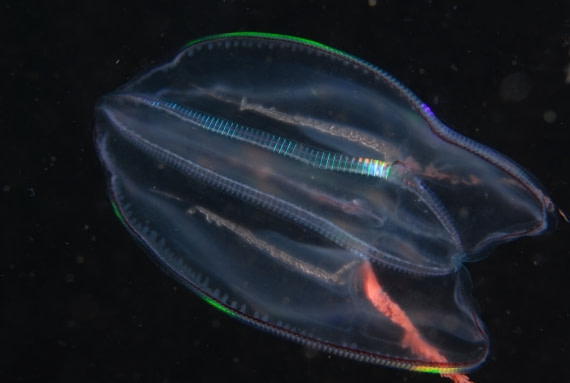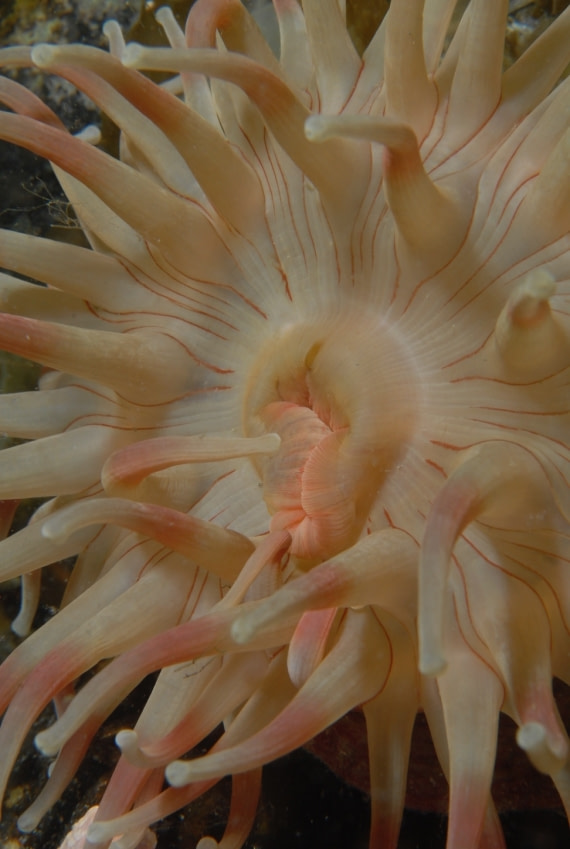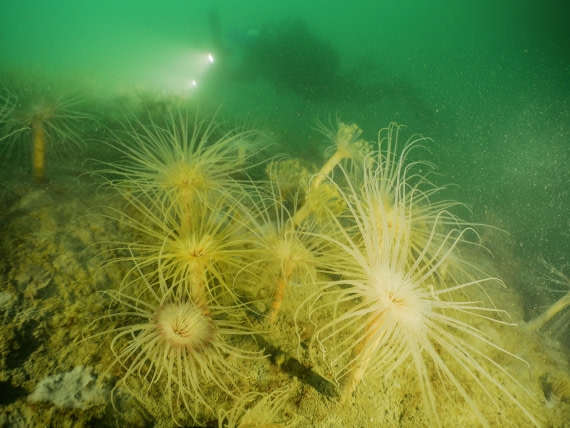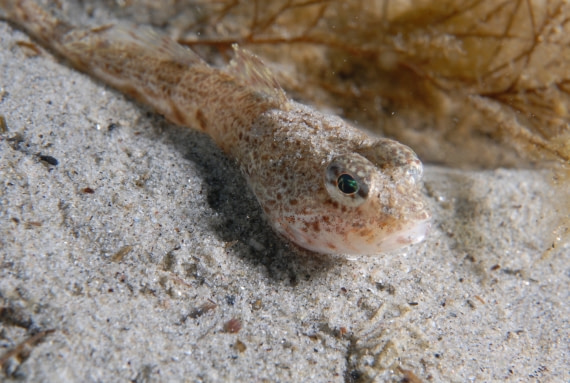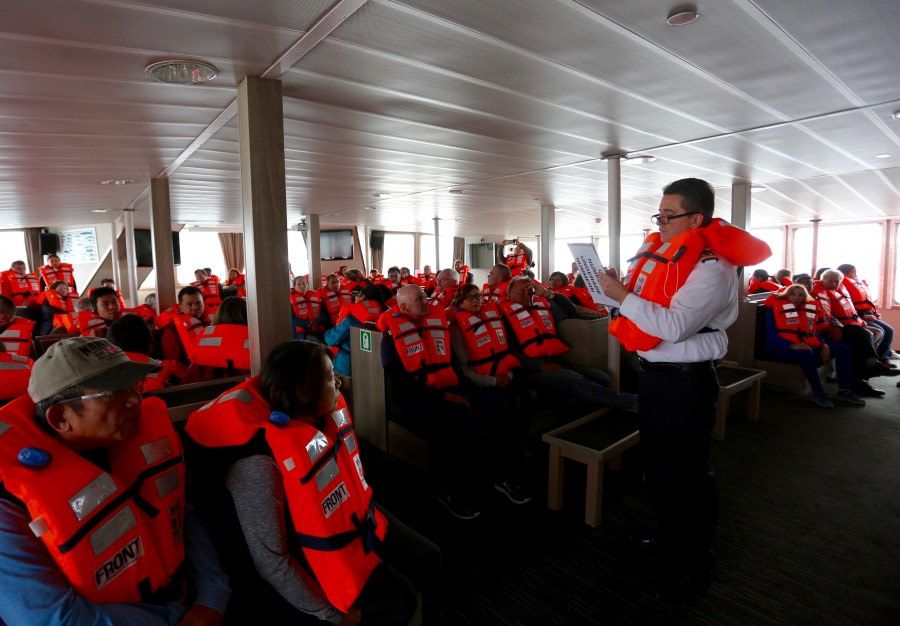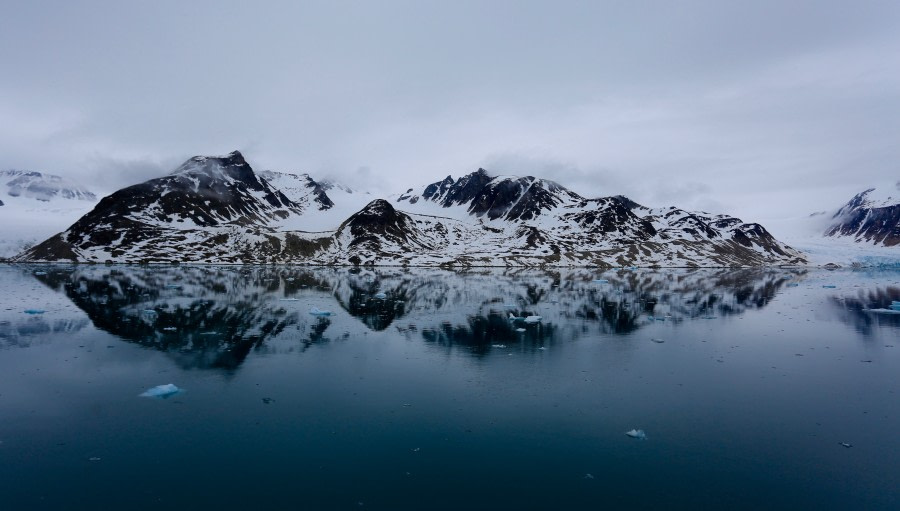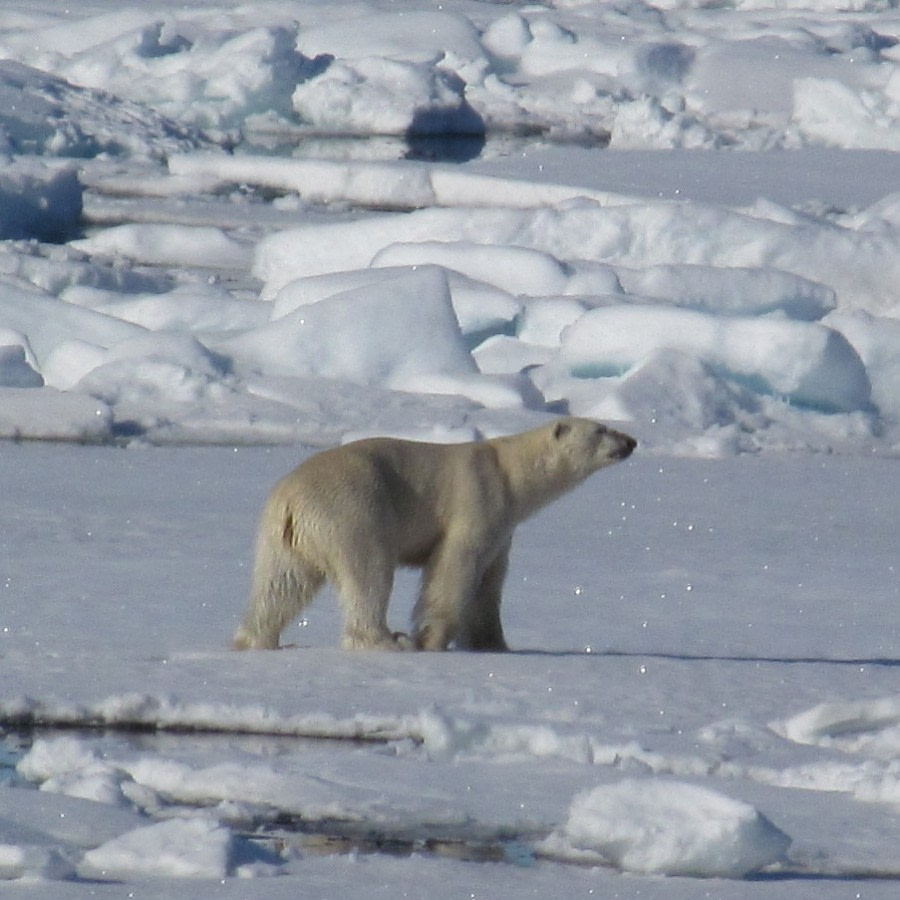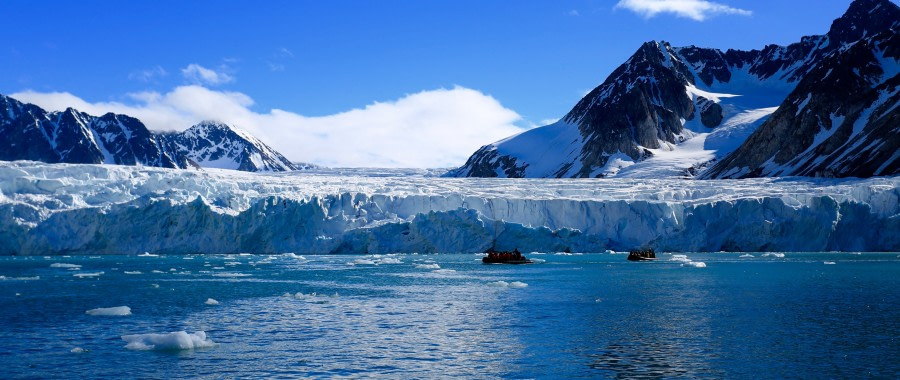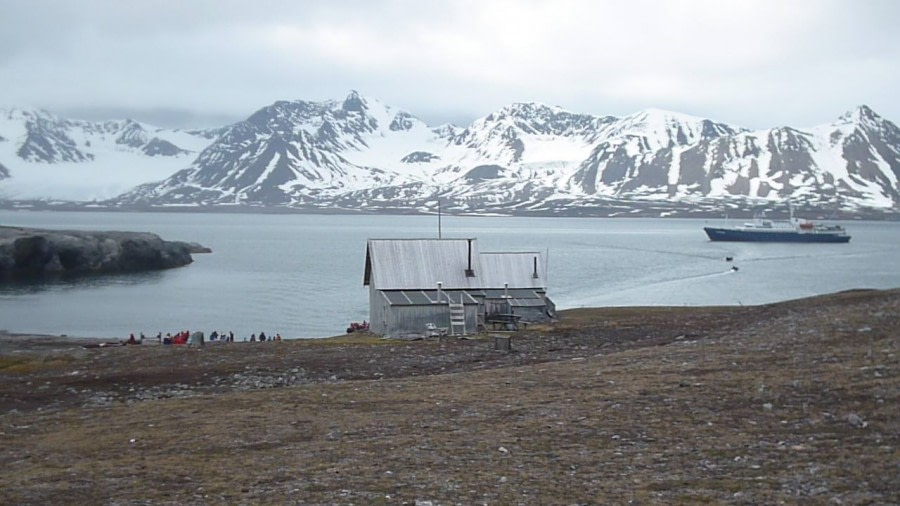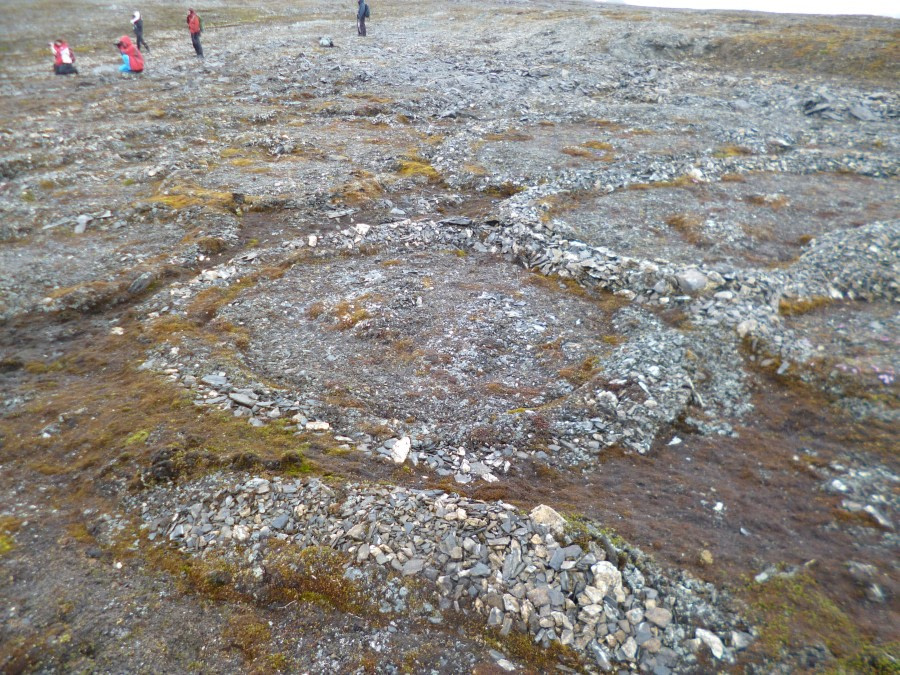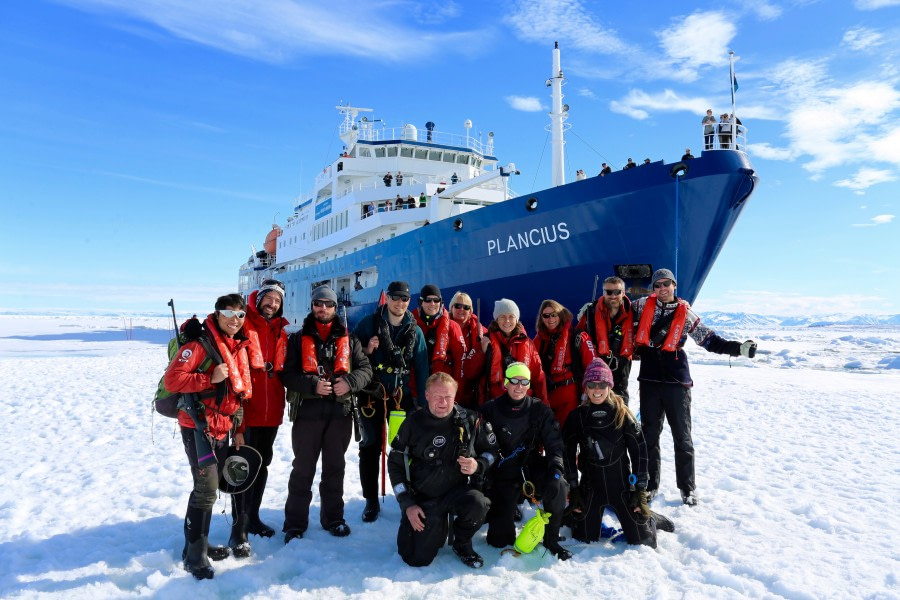| Datum: | 22.06.2017 |
| Position: | 78°14.4’ N / 015°37.3’ E |
| Wind: | WSW - 4 |
| Wetter: | overcast |
| Lufttemperatur: | +4 |
We gathered from all points on the globe on an overcast day in Longyearbyen, capital (and only real population centre) of Svalbard. The rugged hills around were striped with snow, but the day was not too cold. Once off our flights, we were dropped in town where we explored the small settlement, had a coffee or went bird watching. Just after four o'clock, we began boarding the ship, which was our first adventure - we were transferred to the Plancius using the black rubber Zodiac boats that would become so familiar. Once on board, we settled in to our cabins, and later found our way to the Observation Lounge. Once we had all gathered, Third Officer Warren presented the mandatory safety briefing to show us how to use the big orange lifejackets and how to muster in case of emergency. The briefing was immediately followed by a safety drill, to ensure we knew how to muster in the lounge and proceed to the lifeboats if ordered to by the Captain. After we returned our lifejackets to our cabins, we were again invited to the Lounge. Captain Alexey spoke a few words of welcome and proposed a toast to our voyage. Our Hotel Manager Sebastian helped us settle in with more information about how the ship works, and Michael, our Expedition Leader, introduced the Expedition Team. After a few helpful hints from Bram, our ship Doctor, we went to our first dinner on board. There, we sat at tables of six and more, making new friends and wondering what would come in the days ahead. We lifted anchor and sailed from Longyearbyen, through Isfjord and towards open water along the West coast of Spitsbergen just before seven in the evening. As we were reaching the Western end of the fjord and finishing dinner, Michael cleared the dining room by announcing "Blue whale!" We all rushed back to our cabins for coats and cameras, then found our way outside. Whale blows were visible just ahead of the ship, huge and bushy, with a little bit of a 'V' visible. Two whales surfaced about four times, then went down for six or seven minutes, and re-surfaced much closer to the ship. Long, mottled grey and very impressive, the whales kept surfacing nearby, sometimes turning towards the Plancius. We left the whales in peace and headed in to the Observation Lounge for desert - ice cream! At last, tired from our travels, we retired to our cabins to rest and get ready for the first full day of our adventure.
